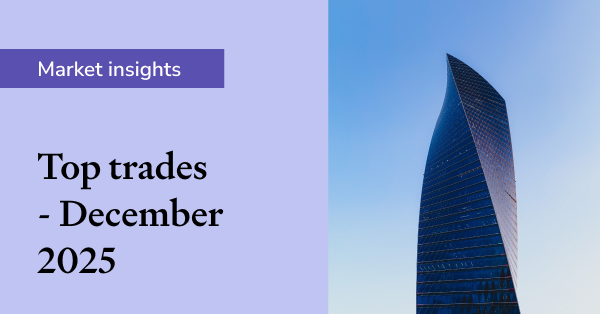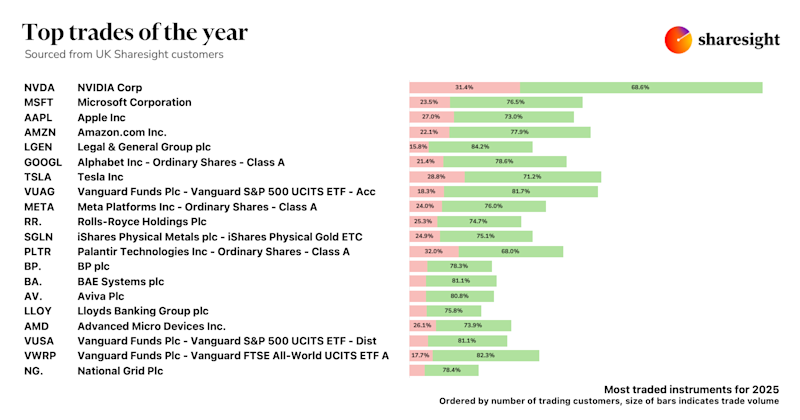ETF growth in investment portfolios
The majority of Sharesight users are seasoned DIY investors who tend to be ahead of the curve when it comes to new investment trends. By observing changes across the pool of Sharesight portfolios we can generate valuable insights as a leading indicator of new investor trends. The rise of Exchange Traded Funds (ETFs) as an investment option to gain broad exposure to an index and increase portfolio diversification is just one such trend.
The rise in ETFs since 2007
Sharesight allows users to track a wide variety of investment types, including shares, ETFs, managed funds, foreign exchange (FX) holdings and cryptocurrencies (including Bitcoin) to name just a few. When breaking down these different investment types since 2007 we find the emergence of ETFs striking. Direct share investments continue to form the backbone of Sharesight investor portfolios, but while they made up 90% of portfolio holdings in 2007, they had fallen to only 80% by the end of 2017.

The reason for this change? Investors have shifted a material slice of their investment portfolios to ETFs - with the percentage of ETFs within Sharesight portfolios moving from <1% in 2007 to almost 7% within only 10 years. Alongside that, we have also observed a small shift away from investments in Managed Trusts, falling from 6% of to only 4% of portfolio value over the same period.

What explains the rise in popularity of ETFs?
The obvious question would be, why the move towards ETFs? Broadly ETFs help investors to:
- Use the wisdom of the crowd: Researching and Investing in individual shares will depend on how actively you invest. With ETFs, you don’t need to research the individual shares as a ready made basket of shares is available which qualify according to a particular theme or index
- Invest in international markets: If you are looking to invest in international markets, ETFs are a good vehicle to gain international exposure without needing to trade directly on international exchanges
- Diversify your portfolio: Spreading the investment over a range of Industries and sectors averages our the portfolio performance and helps to reduce the risk in case a sector or industry underperforms
- Do the above (relatively) cheaply: Compared to investing directly in the hundreds of companies a single ETF can give you exposure relatively cheaply
So why isn’t everybody investing in ETFs only?
Like with any investment instrument there are risks, and for ETFs that remains true as well. ETF providers charge fees for managing the investment fund. While often these management fees are only in the low percentage points, this must be factored into return calculations and depending on your investment portfolio, there may be better options.
The rise in ETFs makes Sharesight vital for Australian investors
As increasing number of investors look to diversify their portfolios by including ETFs in their investment mix, it’s important to remember that ETFs carry unique tax reporting requirements in some countries, particularly Australia due to its Attribution Managed Investment Trust Tax Regime. Hence, it is vital for investors in ETFs to use a purpose built portfolio tracking tool like Sharesight, which not just provides the true portfolio performance but also makes ETF tax administration a breeze.
Create your free Sharesight account today!
FURTHER READING

Sharesight users' top trades – December 2025
Welcome to the December 2025 edition of Sharesight’s monthly trading snapshot, where we look at the top buy and sell trades by Sharesight users over the month.

Top trades by UK Sharesight users in 2025
Welcome to the 2025 edition of our UK trading snapshot, where dive into this year’s top trades by the Sharesight userbase.

Top trades by global Sharesight users in 2025
Welcome to the 2025 edition of our global trading snapshot, where we dive into this year’s top trades by Sharesight users around the world.